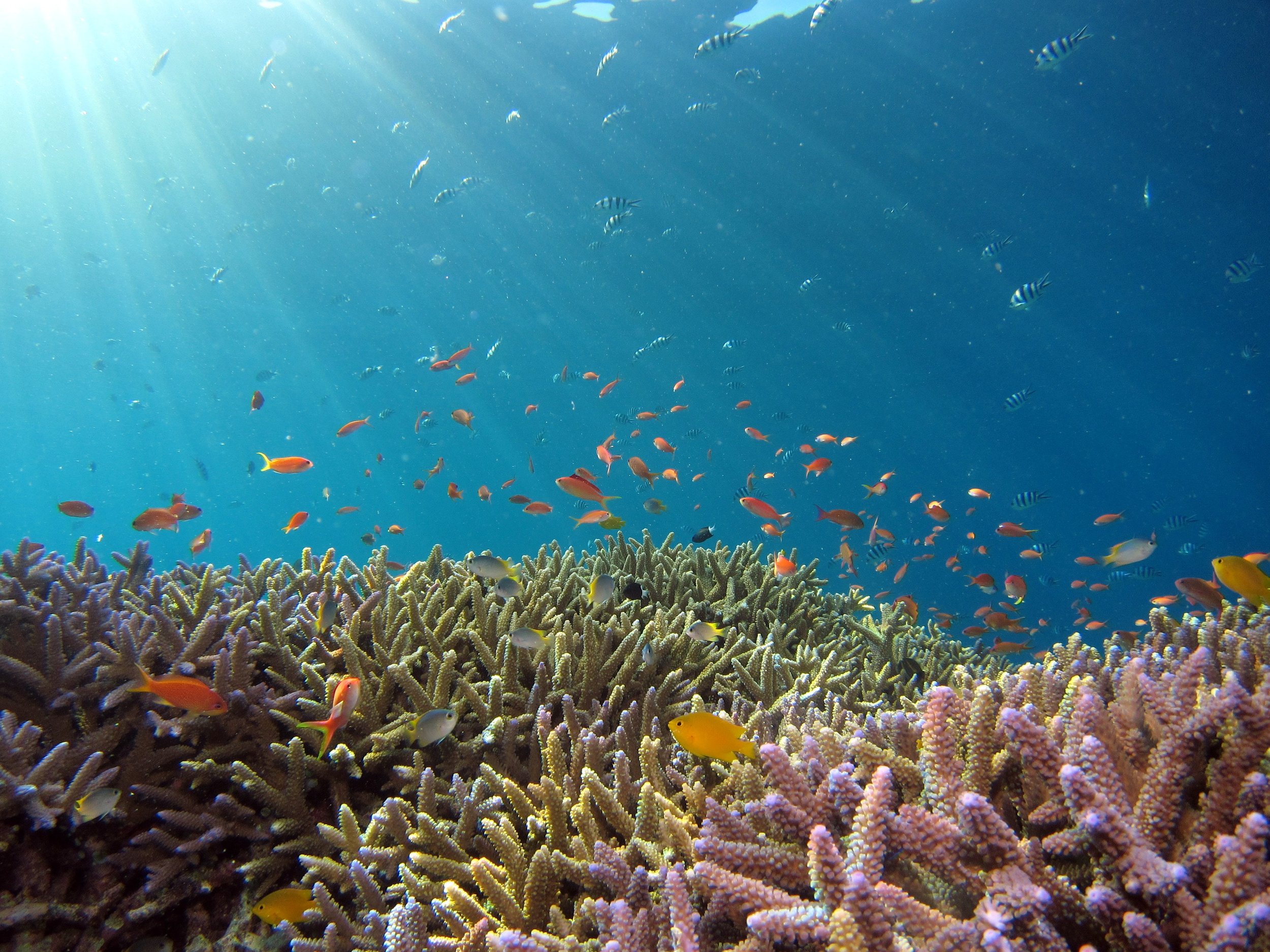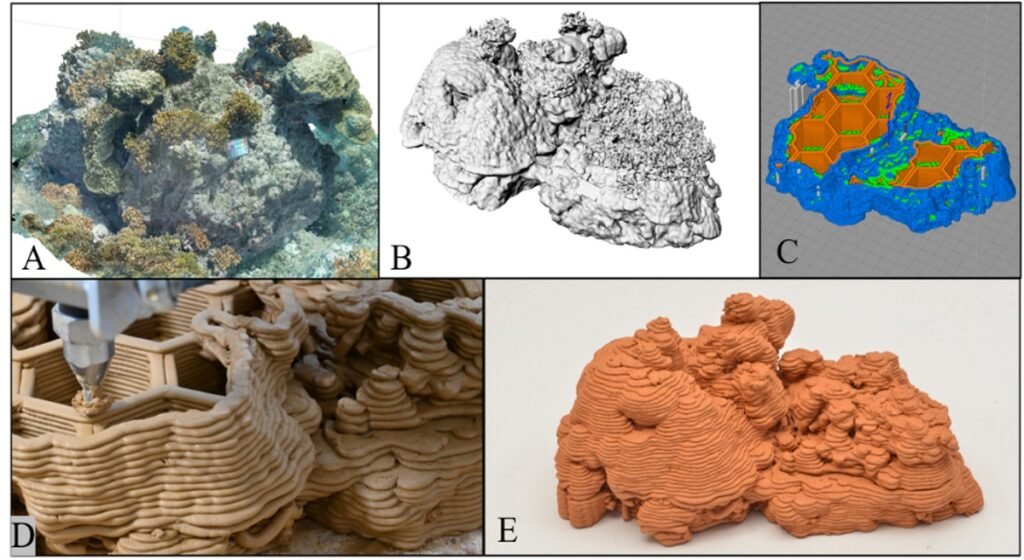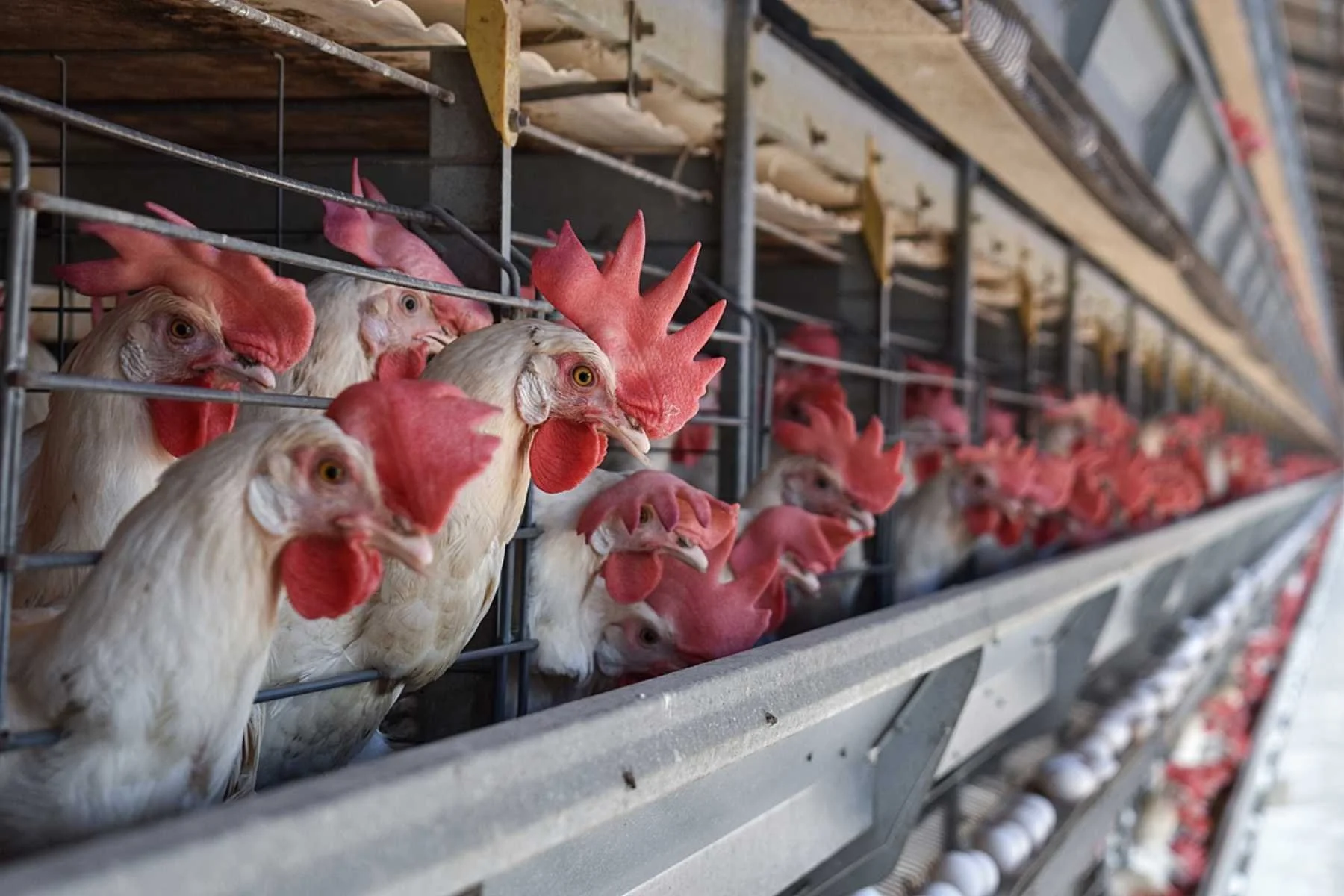Could 3-D Printed Coral Reefs Save Marine Life?
As coral reefs continue to rapidly decline, scientists are using 3D-printing technology to help restore these essential, ocean ecosystems.
Climate catastrophe, urbanization, overfishing, and other factors are placing a tremendous strain on the ocean’s coral reefs. Since 1950, over half of the ocean’s living coral coverage has been lost, with estimates that 90 percent of all coral reefs could be gone by 2050. This, in turn, is causing drastic consequences for marine life, coastal communities, and beaches.
What is coral? Despite their plant-like appearance, corals are actually animals known as colonial organisms, made up of thousands of individual creatures called polyps that are connected to one another. Sometimes referred to as the “rainforests of the sea”, corals have multiple symbiotic relationships.
Coral reefs have thrived on earth for an estimated 500 million years, and despite covering only 2 percent of the ocean floor, nearly a quarter of all marine life, including fish, lobsters, turtles, and octopuses rely on healthy coral reefs for shelter and food. Reefs also protect coastlines and communities from storms, land erosion, and floods, all while providing medicine, food, and economic benefits.
As ocean water temperatures continue to heat up, scientists are urgently searching for solutions in the fight to save the coral reefs that are essential to the survival of so many. One technological solution that is hoping to protect these important ocean ecosystems is 3D-printed artificial coral reefs.
"The rapid decline of coral reefs has increased the need for exploring interdisciplinary methods for reef restoration," says Natalie Levy, a Ph.D. student at Bar-Ilan University in Israel. "Examining how to conserve the biodiversity of coral reefs is a key issue, but there is also an urgent need to invest in technology that can improve the coral ecosystem and our understanding of the reef environment."
The 3D-printing method, developed by researchers from four of Israel’s leading universities, including Levy, is based on the natural structure of coral reefs off the coastal city of Eilat, but can be adapted to rebuild coral reefs around the world.
The 3D process. Photo: Ofer Berman and Matan Yuval
For their study, the scientists scanned underwater photographs of coral reefs to determine how the formation of the reef relates to the diversity of species living there. Next, the researchers collected genetic information on these species and fed this data to a 3D-technology algorithm to produce a three-dimensional model that can be adapted to the requirements of each reef’s environment.
The end result: a new, 3D-printed, ceramic reef that is naturally porous underwater.
"Existing artificial reefs have difficulty replicating the complexity of coral habitats and hosting reef species that mirror natural environments. We introduce a novel customizable 3D interface for producing scalable structures, utilizing real data collected from coral ecosystems," emphasizes Natalie Levy.
“Three-dimensional printing with natural material facilitates the production of highly complex and diverse units that is not possible with the usual means of mold production,” added research co-leader Ezri Tarazi.
The researchers are currently installing several 3D-printed reefs in the Gulf of Eilat to test how they perform, hoping that the results will help them apply this innovation to other reef ecosystems around the world.
We Have A Favor To Ask…
Species Unite amplifies well-researched solutions to some of the most abusive animal industries operating today.
At this crucial moment, with worldwide momentum for change building, it’s vital we share these animal-free solutions with the world - and we need your help.
We’re a nonprofit, and so to keep sharing these solutions, we’re relying on you - with your support, we can continue our essential work in growing a powerful community of animal advocates this year.
More stories:
Species Unite
A collection of stories of those who fight the good fight on behalf of animals.






From an owl who taught a city how to hope, to the fight to restore collapsing kelp forests, to the urgent push for justice for animals harmed by human systems - these are the stories behind Species Unite’s most listened-to podcast episodes of 2025.